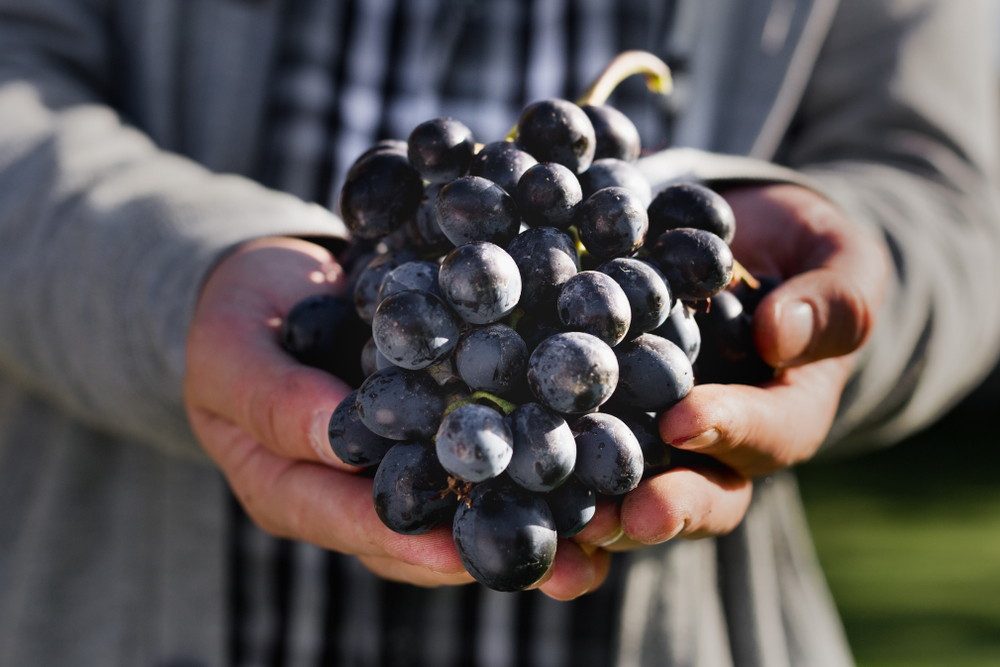If Pinot Noir were a fashion brand, it would be the equivalent of Coco Chanel in France and Prada in Italy: a wine endowed with innate elegance and enigmatic charm, with a true rock star personality. At one time it would have been described as “beautiful and damned.” Pinot Noir has character to spare. Versatile and suitable for multiple interpretations in the wine world, it is nevertheless complex and difficult to tame, but if worked wisely it can give rise to extraordinary creations.
Arriving in Italy in the second half of the nineteenth century, Pinot Noir is now grown mainly in Trentino Alto Adige and Lombardy. In particular, the Mazzon plateau in the Adige valley is considered one of the most suitable areas for its cultivation. In Lombardy, however, the areas of Franciacorta and Oltrepò Pavese are the main centers of production. Friuli Venezia Giulia, Veneto and Tuscany also contribute to its spread.
Pinot Noir is a complex and delicate grape variety. Unlike other major international grape varieties, which are able to adapt to various environments and climates, Pinot Noir requires cool areas with moderate temperatures, such as those in Lombardy and Trentino Alto Adige. For this reason it has often earned the nickname from its French cousins of “enfant terrible” .
Pinot Noir grapes are among the few black grapes that can be used to make red, white and rosé wines. The grape’s colorless flesh gives the varietal a unique versatility. Although reds are the best known, white winemaking also yields the prized Blanc de Noirs metodo classico, often used in Italy’s best bubbles, such as Oltrepò Pavese Metodo Classico, Trento DOC and Franciacorta DOCG.
Wines made from Pinot Noir are distinguished by their aromatic elegance and refined acidity. In the reds, the color is a delicate ruby and the aromas range from red fruits such as currant, blackberry, raspberry and cherry to floral and spicy notes and hints of underbrush in the aged versions. On the palate they are thus structured, elegant, with light tannins and lively acidity. In the sparkling versions, however, Pinot Noir brings elegance and complexity, mastering the stage of a high-fashion catwalk.
This varietal, it is said, began its unstoppable rise in the United States as a cinematic icon. Pinot Noir was featured in a notable cinematic cameo. In the film “Sideways” (2004), winner of the Oscar for best screenplay, the main character Miles, a great wine lover, celebrates its qualities. After the film’s release, Pinot Noir sales in the United States increased significantly, attributed precisely to the film’s success. A celebration of its uniqueness and character, just like an actor who steals the show with his mere presence.
What do you guys say? I would introduce it like this: a wine that, if it were a person, I would do anything to be able to meet them or at least snatch an autograph from them!
The article All crazy for Pinot Noir comes from TheNewyorker.

